An astronomical calendar is a special type of calendar based on astronomical events expected in a particular period. 2023 promises to provide many reasons to watch the night sky. There will be various interesting celestial phenomena such as meteor showers, lunar and solar eclipses and Supermoons. Both experienced astronomers and amateurs will have something to do to capture every movement of the stars with binoculars or a telescope. We at Joy-pup have collected the most interesting and important astronomical events that we will see in 2023.
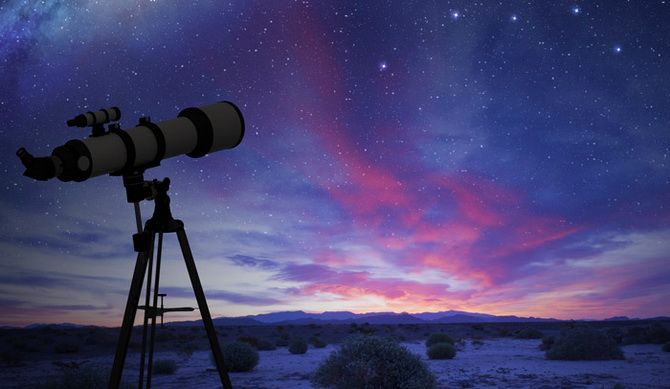
Quadrantida meteor shower January 3-4
2023 starts with the Quadrantids, an above-average meteor shower with a maximum of 40 meteors per hour at its peak. It will be active from December 12 to January 12, with meteors peaking in early January and lasting for several hours. On the night of January 3-4, a stream of particles released in the distant past by the extinct comet 2003 EH1 will fly past our planet. The meteors will come from the constellation Bootes, but they can appear anywhere in the sky. In 2023, an almost full moon will block out most of the fainter meteors we won’t be able to see.
Conjunction of Venus and Saturn on January 22
Venus will approach Saturn on the night of January 22nd. Given how close both planets are to the Sun, they won’t stay in the sky for long and can be hard to see while in sunlight.
Mercury at maximum western elongation January 30
Mercury’s orbit is closer to the Sun than the Earth and most of the time it is lost in sunlight. Mercury can only be observed for a few weeks when it reaches its greatest distance from the Sun. These moments are called the greatest elongation. In 2023, it will reach its greatest distance during its morning appearance on January 30th. The planet will move 25 degrees away from the Sun in the sky. This is an ideal period to observe Mercury as it will be at its highest point above the horizon in the wee hours.
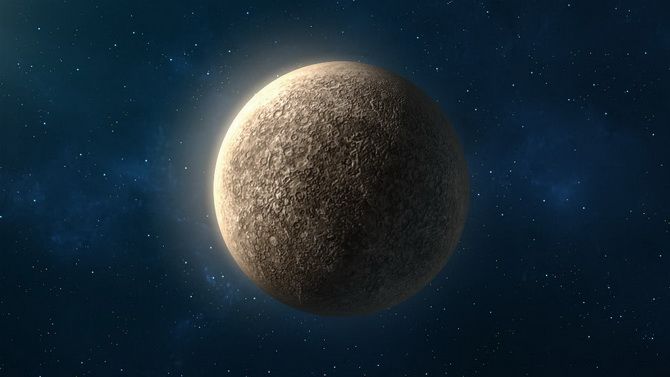
Spring Equinox March 20
On the day of the vernal equinox, there will be an almost equal number of hours of day and night around the world. It marks the first day of spring for everyone living in the northern hemisphere, and the first day of autumn for everyone living in the southern hemisphere. From an astronomical point of view, this is the moment when the center of the solar disk is at the equator in the constellation Pisces. The March equinox occurs at 21:17 UTC.
Mercury at maximum eastern elongation April 11
The planet Mercury reaches its maximum eastern elongation of 19.5 degrees from the Sun. This is the best time to observe this planet, as it will be at its highest point above the horizon in the evening sky just after sunset.
Hybrid solar eclipse April 20
This astronomical event occurs when the Moon is too close to the Earth to completely block out the Sun. This type of eclipse will appear as total in some parts of the world and annular in others. The path of the eclipse will begin in the southern Indian Ocean and pass through the territories of western Australia and southern Indonesia.
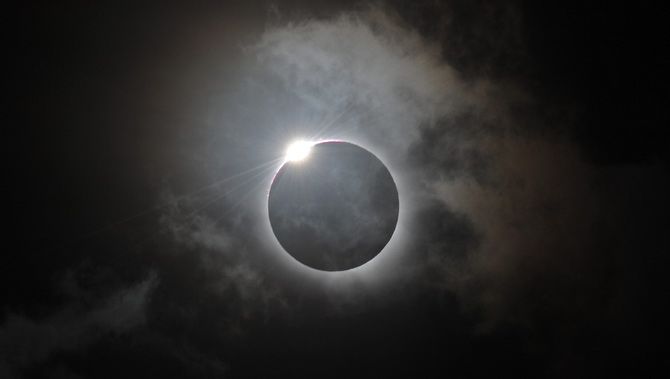
Lyrid meteor shower April 22-23
The Lyrid meteor shower with an intensity of about 20 meteors per hour at its peak occurs on the night between April 22 and 23. These meteors, produced by comet C/1861 G1 Thatcher, can sometimes leave glowing dust trails that last for several seconds. The brightest meteors will come from the constellation Lyra. The thin crescent moon will set early in the evening, leaving astronomy fans with a dark sky for a great spectacle.
Penumbral lunar eclipse May 5
On May 5, the Moon will pass through the Earth’s shadow, creating a penumbral lunar eclipse. It will be visible in Africa, Oceania, Asia, Eastern Europe and Greece.
Eta Aquarids meteor shower May 6-7
The Eta Aquarid meteor shower in 2023 will be active from April 19 to May 28, it reaches its peak on the night of May 6 and in the morning of May 7. The Eta Aquarids are icy motes of periodic comet 1P/Halley capable of producing up to 60 meteors per hour at its peak. Meteors fly out of the constellation Aquarius, hence the name Aquarids. Most of the activity will be in the Southern Hemisphere, but the Full Moon will obscure the dimmer meteors.
Triangle Venus-Mars-Moon May 23
On May 23, 2023, the brightest of the planets, Venus, together with Mars and the Moon, form a triangle that can be observed at night.
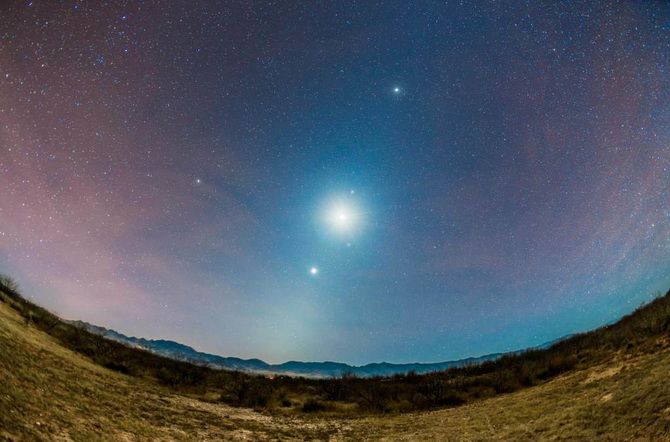
Mercury at maximum western elongation May 29
The planet Mercury reaches its maximum western elongation of 24.9 degrees from the Sun. This is the best time to observe Mercury, as it will be at its highest point above the horizon in the morning sky, just before sunrise.
Venus at greatest eastern elongation June 4
The planet Venus reaches its maximum eastern elongation of 45.4 degrees from the Sun. After sunset, it can be observed in the evening sky when it is at its highest point above the horizon.
Summer Solstice June 21
The summer solstice is the time when astronomical summer begins. This is the longest day of the year, determined by the exact position of the Earth in relation to the Sun. At this point, the Sun will reach its highest point on the horizon and its light will illuminate the northern hemisphere for more than 15 hours. This marks the beginning of summer in the northern hemisphere and the beginning of winter in the southern hemisphere. Solstice on June 23 falls at 14:51 UTC. The Earth’s N Pole will be tilted toward the Sun, which will be in its northernmost position in the sky and directly above the Tropic of Cancer at 23.44 degrees north latitude.
Delta Aquarids meteor shower July 28-29
The southern Delta Aquarids meteor shower will be active from July 12 to August 23, and the peak of activity (up to 20 meteors per hour) falls on the night of July 28-29. The meteors will come from the constellation of Aquarius, although the nearly full moon will obscure most of the faint meteors.
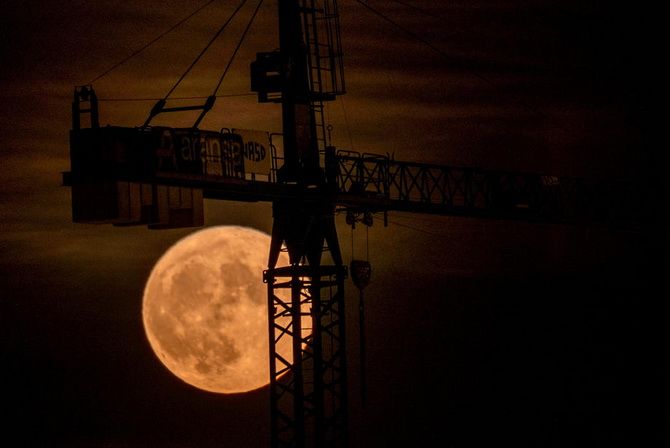
Supermoon August 1st
This month, the Moon reaches full phase around the same time that its elliptical orbit is closest to the Earth, which is called its perigee. Therefore, during this period, the full moon will be the largest in terms of angle. There will be three Supermoons in 2023: August 1st, August 31st, September 29th.
Perseid meteor shower August 12-13
The Perseids are active from July 17 to August 24, peaking on the night of August 12 to 13, producing up to 60 meteors per hour at their peak. The Perseids are a popular meteor shower as they peak on warm August nights as viewed from the Northern Hemisphere. The waxing moon should not be a problem this year. After midnight, meteors will come from the constellation Perseus, and the growing moon will not interfere with the review of this beautiful astronomical phenomenon.
Saturn Opposition August 27
On August 27, 2023, the planet Saturn will be as close as possible to the Earth and will be completely illuminated by the Sun, making it seem the brightest and largest. Being in the constellation of Aquarius, it will be visible most of the night, reaching its highest point in the sky around midnight. Saturn will be brighter than at any other time of the year and will be visible with a medium to large telescope.
Neptune in Opposition September 19
The giant planet Neptune will be as close to Earth as possible on September 19, 2023, so it will be completely illuminated by the Sun. In the constellation Pisces, Neptune will be visible most of the night, culminating in the sky around midnight. But even when it is at its closest point to Earth, it can only be seen in a powerful telescope as a tiny blue dot.
Autumn equinox September 23
On the day of the autumnal equinox, there will be approximately an equal amount of day and night in the world. It is also the first day of autumn in the northern hemisphere and the first day of spring in the southern hemisphere. The autumn equinox occurs at 06:43 UTC.

Draconid meteor shower on October 7
The Draconids are a small meteor shower that produces only about 10 meteors per hour. Its unusualness lies in the fact that the Draconids are best observed in the early evening, and not in the early morning, like most other streams. Every year the meteor shower is active from October 6 to October 10. In 2023 this year, it reaches its peak on the night of October 7, when meteors will come from the constellation Draco.
Annular solar eclipse on October 14
On October 14, 2023, the Moon will pass in front of the Sun, creating an annular solar eclipse. The annular phase will last a maximum of 5 minutes 17 seconds at the time of the greatest eclipse.
Partial lunar eclipse October 28
A partial lunar eclipse occurs when the Moon, or part of it, passes through the Earth’s partial shadow. The astronomical phenomenon will be visible in Europe, Asia, Africa and Western Australia.
Jupiter Opposition November 3rd
Jupiter will be at perigee to Earth on November 3, 2023. It will be fully illuminated by the Sun and will be brighter than at any other time of the year. Jupiter can be observed all night through a telescope to see its cloud bands and its 4 largest moons, which appear as bright spots on either side of the planet.
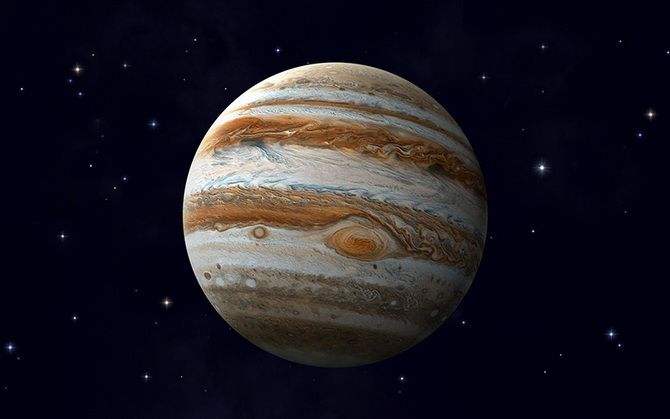
Taurid meteor shower November 4-5
The Taurids are a long-lived, weak meteor shower that produces only about 5-10 meteors per hour in two separate showers. This year the peak falls on the night of November 4-5. The meteors will come from the constellation Taurus.
Uranus Opposition November 13
On November 13, 2023, Uranus will go into opposition and will be bigger, brighter and visible all night through a powerful telescope. Although Uranus will be as close to Earth as possible, due to its great distance, it will only appear as a tiny blue-green dot.
Leonid meteor shower November 17-18
The Leonid meteor shower will be active from November 6 to November 30, and peak on the night of November 17 and the morning of November 18. The Leonids produces up to 15 meteors per hour at peak activity, which come from the constellation Leo. This astronomical phenomenon is unique in that approximately every 33 years it has a cyclonic peak, when hundreds of meteors can be seen per hour. The last one happened in 2001.
Geminid Meteor Shower December 13-14
The astronomical year ends on December 13-14, 2023 with the Geminid meteor shower. Under ideal conditions, you can observe up to 120 meteors per hour. A good chance to see shooting stars coming from the constellation of Gemini.
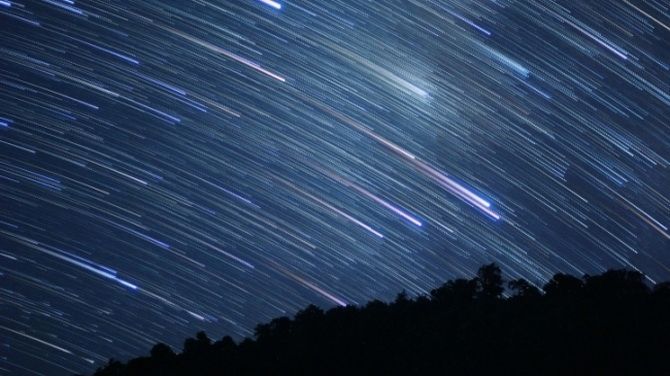
Ursids meteor shower December 21-22
Ursids are a small meteor shower that produces about 5-10 meteors per hour. In 2023, the peak of activity falls on the night of December 21 and the morning of December 22 in the constellation Ursa Minor.
Winter Solstice December 22
With the December solstice, the south pole of the Earth will be tilted towards the Sun, the first day of winter in the northern hemisphere and the first day of summer in the southern hemisphere. The winter solstice will fall at 03:21 UTC.
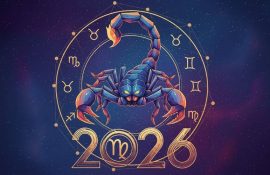
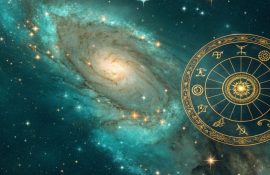
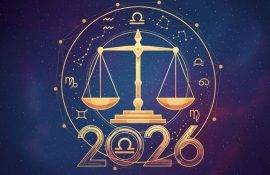

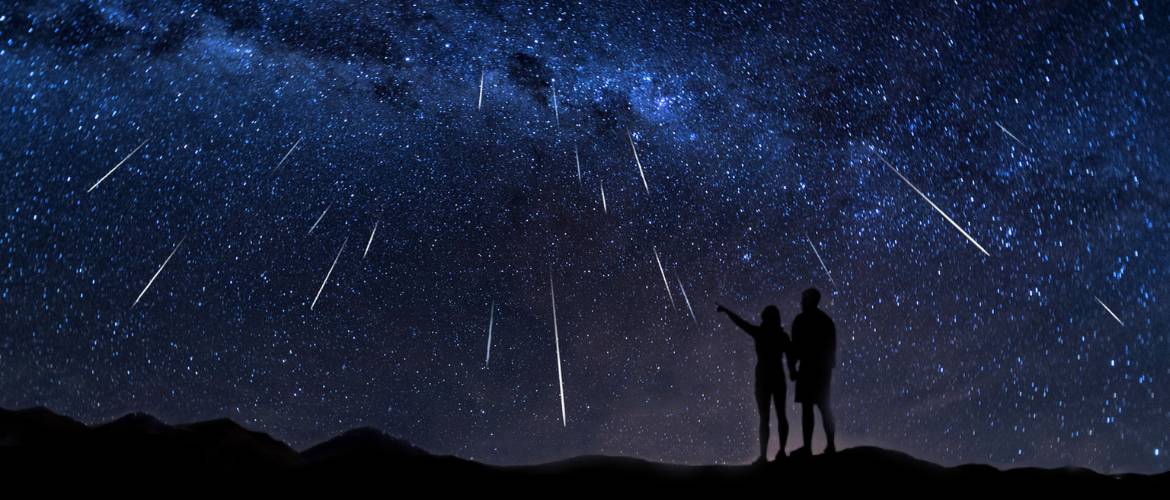
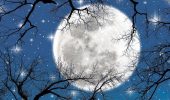

Only registered users can leave comments